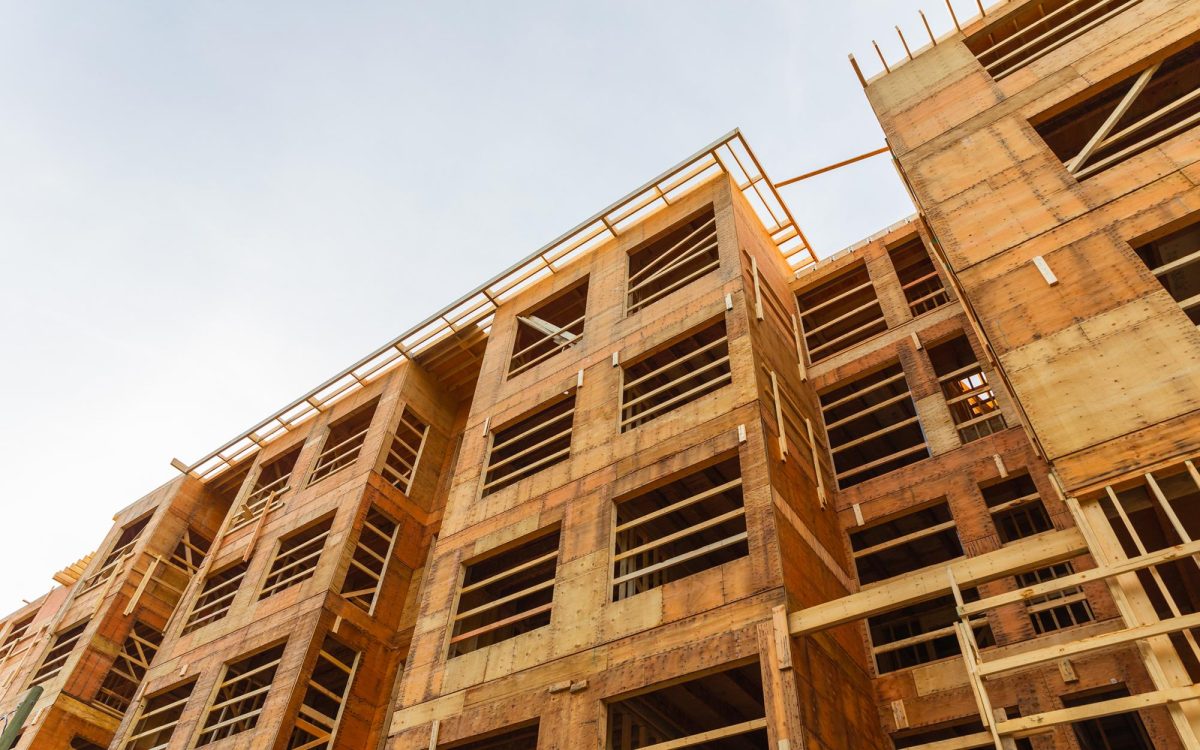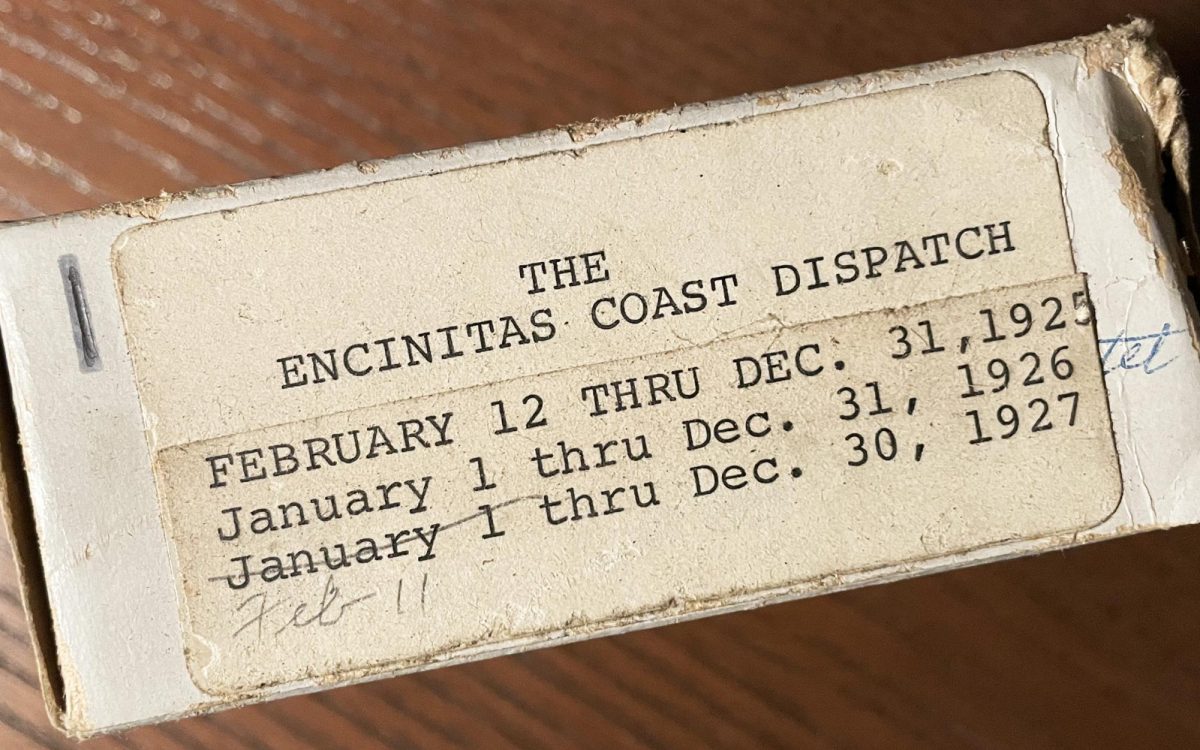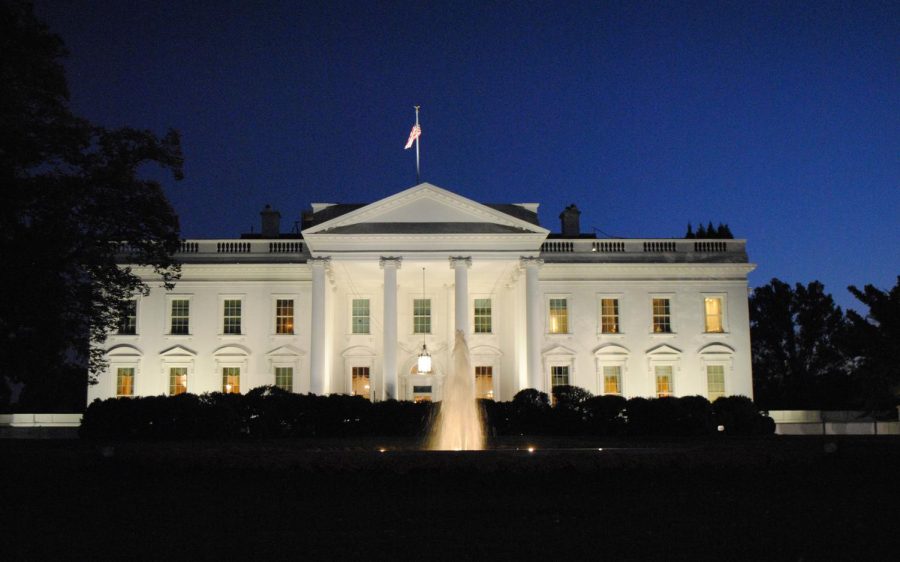If you’ve been worried about what the pressured thumb of authoritarian oversight feels like, our own state of California is just as sorry an example as anything we’re seeing nationally, only it’s coming from the opposite side of the political spectrum.
Gov. Gavin Newsom signed Senate Bill 79 into law on Friday, Oct. 10, an erasure of communities’ self determination so outrageous that not even Los Angeles Mayor and favorite right-wing mark Karen Bass could support it.
What’s the point of having a City Council when its hands are hogtied by a higher authority?
The bill, introduced by Sen. Scott Wiener (D-San Francisco), overrides city and county self-governance in favor of California’s developer class to build upward of nine-story residential hulks near subway stops, and seven-story within a quarter-mile and six-story within a half-mile of such hubs. The bill also forces residential buildings of five to eight stories near light rail and dedicated bus lanes.
We have “not in my back yard.” Then there’s “yes in my back yard.” Yet in the context of SB-79, there is nothing solid to address “how in my back yard.”
 In a move to satisfy North San Diego County communities, as news outlets have reported, the signed version of the act makes exceptions for Encinitas, Carlsbad, Solana Beach and Del Mar — some of them among whose leadership sent letters to Newsom pleading for him to veto the bill.
In a move to satisfy North San Diego County communities, as news outlets have reported, the signed version of the act makes exceptions for Encinitas, Carlsbad, Solana Beach and Del Mar — some of them among whose leadership sent letters to Newsom pleading for him to veto the bill.
It’s not just local elected bodies that are essentially nullified by this type of legislation. State authority, not unlike current federal authority, is also running roughshod over other higher agencies and laws. This summer, Newsom signed a bill that streamlines housing construction and cuts through what some claim is the red tape of the California Environmental Quality Act. Ironically, it’s the type of move that has drawn the support of some environmental advocates.
Criticism aside for a moment, it’s important to acknowledge that there is indeed a housing crunch in California. Nonprofit news outlet CalMatters reported in September that while the actual measurement of the population-to-housing gap differs among those who track such things, the fact remains that there is a shortage.
Then there’s the issue of affordability. CalMatters, in an earlier report, covered the reasons why California is such an expensive place for housing, from high median values to wage gaps.
In some circles, it’s been a situation perceived as desperate enough to turn one-time environmental advocates and attorneys into shills for developers and greedy property owners, pushing for projects and legislation that ultimately do little to solve affordability and availability while building condominiums, townhomes and vacation rental fodder for the upper-middle and upper classes.
The “Abundant and Affordable Homes Near Transit Act,” as SB-79 is called, could turn out to be neither.
A state-mandated block of housing that has nearly eight stories and sits next to a commuter rail station is no guarantee that there will be enough affordable housing to satisfy the needs of lower-income people. And there’s no guarantee that building hundreds of such structures and cramming them into established neighborhoods will provide enough units of housing at all. More so, building such housing at or near such transit hubs doesn’t guarantee that residents will actually use those rails and buses.
This authoritarian push mandates such housing, yet its advocates do little to address infrastructure beyond putting it in places “with access to robust public transit infrastructure,” as the bill’s language states. Infrastructure is more than “public transit.” It’s the school seats for an influx of students. It’s the road and traffic management for the majority of new residents we know — and let’s not kid ourselves — will use automobiles. It’s the strain on increasingly stressed electricity, water and sewer utilities, and more.
“This latest overreaching effort forces cities to approve transit-oriented development projects near specified transit without regard to the community’s needs, environmental review or public input,” Encinitas Mayor Bruce Ehlers wrote in a Sept. 18 letter to Newsom.
In fact, SB-79’s language mentions the word “infrastructure” just twice:
✓ “California faces a housing shortage both acute and chronic, particularly in areas with access to robust public transit infrastructure.”
✓ “Before or during the scoping meeting, the transit agency shall consult with each local government in which the station is located, as well as any relevant infrastructure agencies.”
Developers have more than enough money to build these state-mandated housing units and turn them out at a nice profit — especially when the number of truly affordable units is minimal. But how will state authorities cover costs of the collateral damage to other infrastructure? Who foots those bills? The state issues orders from on high, while the grass roots have to pay.
Looking at this through a political lens, the right and left wings are ever more difficult to distinguish, two sides of the same coin. California appears to be a locus of these authoritarian approaches. On the right, we have militarization and nationalization of law enforcement. On the left, we have top-down mandates more akin to five-year plans set in a politburo. Neither extreme is acceptable.
Roman S. Koenig is editor and publisher of the North Coast Current.
Columns are the opinions of the writer and do not necessarily reflect the opinions of North Coast Current ownership. Comment below or submit letters to the editor at letters[at]northcoastcurrent.com.






